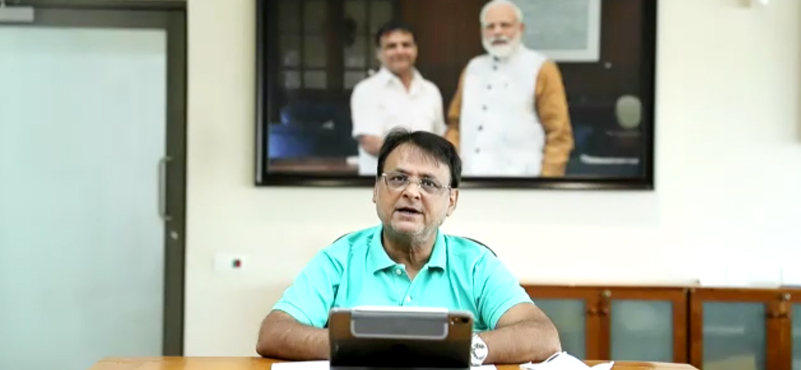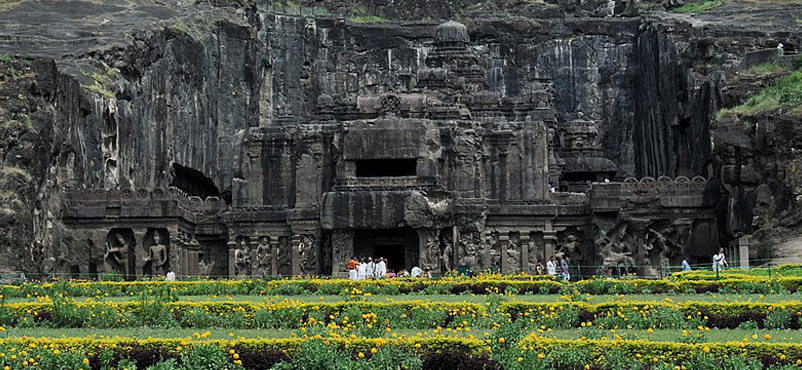J&K’s tourism product has been growing steadily for some time now. It is centered around certain destinations, each with their own set of experiences on offer. Srinagar has Dal Lake, Shikaras and some awe-inspiring gardens. Golfing has picked up off-late; thanks to Gulmarg, it is fast emerging as the winter sport capital. Jammu and Kashmir, both, have strong pilgrimage pull with some revered shrines dedicated to multiple faiths. But, what may turn out to be the next big draw for the valley is the attraction of mountaineering and high-altitude lakes.
Take a look at some of the figures. It has over two thousand high-altitude lakes – 2,107 to be precise. Located in the back-drop of some of the most scenic mountains, these lakes may turn out to be the trump card in state’s quest for its lost Numero-uno position as a destination in India. Explaining the details of what made a high-altitude lake, Mahmood Shah informed that there were three essential factors that determined it. “The lake must be located at a height of over three thousand meters. It must be fed by a perennial source of water and the bottom of the lake must not be frozen, irrespective of the weather condition,” he explained to us.
Mahmood Shah – who has been pivotal in bringing these lakes in the mainstream of public discourse and awareness – told us that he personally trekked to most of them, collecting data and fixing coordinates. “I was armed with a GPS and high-resolution camera. It took me almost three years to compile them together. Since then, I have been assiduously pushing them as the USP which remains to be harnessed,” he said. He told us that he had been giving a string of presentations in Delhi, Mumbai and elsewhere to publicize this facet. “The idea is to go beyond our well-established seven lakes trek which includes Gadsar, Vishnasar and Gangabal among others. People go to Uttarkashi and other destinations, why not Kahsmir?” he said.
Most of these lakes are apt for trekking in the short summer that essentially spans from May to September. Given the remote location, rugged mountains, arduous climb, and little infrastructure in sight, it is indeed an undertaking not for the faint-hearted. “Our trekking destinations are unlike the Pangong where you can reach the lake on a four-wheeler. Our lakes are unspoiled, so the distance has to be footed. But, we do have ample ponies, guides and availability of equipment – which can be acquired in Srinagar,” he elaborated.
He argued that with the advent of cellular phones, most of these locations were well-connected with the outside world. On the question of the availability of emergency medical rescue service, he narrated an incident about how some Kashmiri boys were stranded on a sheet of ice, but were evacuated with the help of IAF choppers. “There are good enough medical facilities available. However, these treks are to be carried out within the laid guidelines and dos and don’ts must be followed to the letter.
Besides high-altitude lakes, mountaineering was another area that could be developed as a niche segment, believed Masood Shah. He shared that Kashmir had tremendous potential in mountaineering with some of the most rugged mountains in the region. “We have mountain ranges like the Shivalik, Pir-Panjal, Greater Himalayas, Zaskar range and Transhimalayan range, besides peaks in Karakoram range. So, when it comes to mountains, we have the whole gradient of the Himalayas with us,” he stressed.
The recent rise in numbers of mountaineering enthusiasts does indicate that Kashmir is betting on the right horse. Stog Kangri hosted over two thousand trekkers in 2015, we were informed. “Stog Kangri is slowly getting very congested. So, we are in the process of indentifying new peaks which can be opened for trekking. Most of these peaks are above 6,000 meters,” he said.
The reason for this optimism also stems out of the fact that the state has witnessed 17 foreign expeditions to the treacherous Nun and Kun peaks. “Our climbers come from the USA and Europe, primarily. We have had Italians, Germans, Austrians, and interest is growing steadily,” he informed.
Adding that most of these peaks needed clearance from the MoD (Ministry of Defense) before designating them as open trekking peaks which were then put onto the IMF (Indian Mountaineering Foundation) website, he told us that “once it is put on the IMF website, it is easier to get permission; the process itself is hassle-free. One can obtain necessary permissions online.”
The state is now intending on leveraging these elements through partnerships and associations. “J&K is going to partner with a number of adventure clubs dotted across India. We are hoping to rope in the wider fraternity. There are over 300 clubs in Kolkata. Pune and Mumbai have a healthy number of adventure clubs. We want to target them to put our message across,” he informed.
Besides tourism, these new emerging niche segments have also lent a hand to the local youth who are finding gainful employment with increasing activities. Some local initiatives like the tie-up with the IMF is helping train locals in varied aspects of mountaineering and assisting climbers in expeditions.




































